Related Research Articles

The American Hockey League (AHL) is a professional ice hockey league based in the United States and Canada that serves as the primary developmental league for the National Hockey League (NHL). As of the 2024–25 AHL season, all 32 NHL teams held affiliations with an AHL team. Historically, when an NHL team does not have an AHL affiliate, its players are assigned to AHL teams affiliated with other NHL franchises.
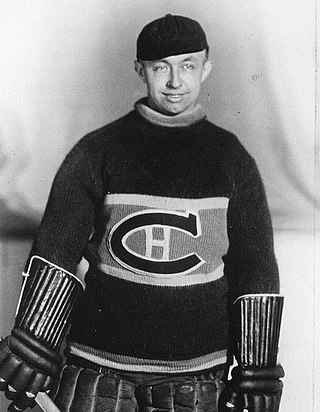
George Henry Hainsworth was a Canadian professional ice hockey goaltender who played for the Montreal Canadiens and Toronto Maple Leafs in the National Hockey League, and the Saskatoon Crescents in the Western Canada Hockey League. He was inducted into the Hockey Hall of Fame.
The Canadian Professional Hockey League, also known as Can-Pro, was a minor professional hockey league founded in 1926. After three seasons, it became the International Hockey League (IHL) in 1929. The Can-Pro name was then given to a new league of IHL farm teams which operated in the 1929–30 season.
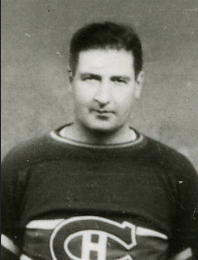
Martin James Barry was a Canadian professional ice hockey forward who played for the New York Americans, Boston Bruins, Detroit Red Wings, and Montreal Canadiens in the National Hockey League (NHL) between 1927 and 1940. Barry was frequently among the league's leading scorers, and after winning his first Stanley Cup with the Red Wings in 1936, he scored the championship winning goal in 1937. Barry won the Lady Byng Trophy in 1936–37 as the NHL's most gentlemanly player and was named to the first All-Star team. Following his playing career, Barry coached junior and senior teams in Halifax, Nova Scotia, for many years. He was inducted into the Hockey Hall of Fame in 1965.
The Pacific Coast Hockey League was an ice hockey minor league with teams in the western United States and western Canada that existed in three incarnations: from 1928 to 1931, from 1936 to 1941, and from 1944 to 1952.
The Canadian–American Hockey League, popularly known as the Can-Am League, was a professional ice hockey league that operated from 1926 to 1936. It was a direct predecessor of the American Hockey League.
The International Hockey League was a professional hockey league operating in Canada and the United States from 1929 to 1936. It is one of two direct ancestors of the American Hockey League.
The New Haven Eagles were a professional ice hockey team that played in New Haven, Connecticut. The Eagles were one of five inaugural franchises in the Canadian American Hockey League, and a founding member of the American Hockey League.
Pittsburgh Yellow Jackets was the name of three separate ice hockey teams based in Pittsburgh, Pennsylvania. The original team was part of the United States Amateur Hockey Association (USAHA) from 1920 to 1925 and developed from predecessors dating back to 1915. After winning the USAHA Championship in 1924 and 1925, the ostensibly amateur Yellow Jackets turned fully professional and became the Pittsburgh Pirates of the National Hockey League. After the Pirates relocated in 1930 to play as the Philadelphia Quakers, a second Pittsburgh Yellow Jackets club played for two seasons in the International Hockey League, a minor professional circuit. A third Yellow Jackets team was organized at the amateur level in 1935 by John H. Harris and competed in the Eastern Amateur Hockey League before folding in 1937.
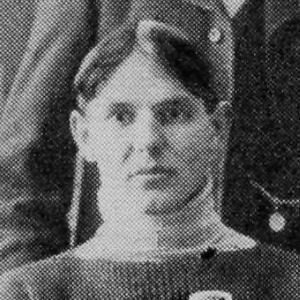
The F.G. "Teddy" Oke Trophy is awarded to the regular season champion of the American Hockey League's North Division. It is the oldest trophy awarded by the AHL, but it passed through two leagues previously. It is one of the oldest trophies in professional hockey. It is named after Teddy Oke, one of the founders of the Canadian Professional Hockey League (CPHL) in 1926, who presented it to the inaugural CPHL champion – the London Panthers.
The Pittsburgh Shamrocks were a professional ice hockey team, based in Pittsburgh, Pennsylvania that played in the International Hockey League in 1935–36. The team played all of its home games at Duquesne Garden. During their lone season in existence, the Shamrocks finished in fourth place in the West Division behind the Detroit Olympics, Cleveland Falcons, and Windsor Bulldogs. The Shamrocks scored 137 goals and allowed 170. The team folded after one season. It is estimated that the team lost $36,000 during 1935–36 season.
Eric Robinson "Cowboy" Pettinger was a British-born Canadian professional ice hockey player. Pettinger played 98 games in the National Hockey League (NHL) with the Ottawa Senators, Toronto Maple Leafs, and Boston Bruins between 1928 and 1931. The rest of his career, which lasted from 1923 to 1937, was spent in various minor leagues. Pettinger is the brother of fellow NHL player Gord Pettinger.
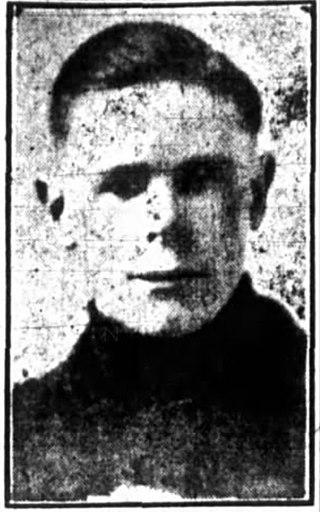
Samuel Milton Halliday was a Canadian professional ice hockey player. He played in the National Hockey League (NHL) for the Ottawa Senators from 1926 until 1929, and was a member of the Stanley Cup-winning team of 1927. The rest of his career, which lasted from 1924 to 1939, was spent in various minor leagues.
The Hamilton Tigers were a professional ice hockey team based in Hamilton, Ontario. They competed in the Canadian Professional Hockey League (CPHL) from 1926 to 1929 then in the International Hockey League (IHL) from 1929 to 1930.
Can-Am, or CanAm, is an abbreviation of Canadian-American. It may refer to:

William Alexander Fry was a Canadian sports administrator and newspaper publisher. Fry founded the Dunnville Chronicle in 1896, managed local hockey and baseball teams in the 1910s, then served as president of the Ontario Hockey Association (OHA) from 1922 to 1924. At the national level, he was president of the Canadian Amateur Hockey Association (CAHA) from 1928 to 1930, was a Canadian Olympic Committee member and British Empire Games committee member from 1927 to 1938, and served as president of the Amateur Athletic Union of Canada from 1934 to 1936.
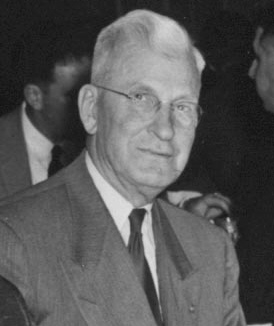
John Welch Hamilton was a Canadian sports executive. He served as president of the Canadian Amateur Hockey Association (CAHA) from 1930 to 1932, president of the Amateur Athletic Union of Canada from 1936 to 1938, and was a member of the Canadian Olympic Committee for 17 years. His leadership of the CAHA and the AAU of C coincided with efforts to maintain amateurism and combat growing professionalism in sport. He appointed a committee to establish better relations between the CAHA and professional leagues, and praised the players and teams for quality hockey and growth of the amateur game in Canada despite the competition. He favoured professionals in one sport playing as amateurs in another, and took charge of the AAU of C at a time when the CAHA, the Canadian Amateur Basketball Association, and the Canadian Amateur Lacrosse Association challenged the definition of amateur, and later broke away from the AAU of C which wanted to hold onto purist ideals of amateurism.

Frank Chapin Greenleaf was a Canadian sports administrator. He served as president of the Canadian Amateur Hockey Association and the Quebec Amateur Hockey Association, and was an executive in the Quebec branch of the Amateur Athletic Union of Canada. He presided over amateur hockey when the Canadian Amateur Hockey Association wanted to end the raiding of its rosters by foreign teams and to prevent a geographic shift in talent by imposing a residency rule for players. Greenleaf negotiated for a North American senior ice hockey championship that saw the Allan Cup winner play the amateur champion of the United States. He served as an executive member of multiple amateur hockey leagues in Montreal and was one of the founders of the Mount Royal Junior Hockey League.

Frederick Paul Henry Marples was a Canadian sports executive in ice hockey and athletics. He was president of the Winnipeg Monarchs team which won Winnipeg Amateur Hockey League championships in 1914 and 1915, and the Allan Cup as senior ice hockey champions of Canada. His operation of a reserve team to support the Monarchs led to debates on player eligibility for the Allan Cup and calls for a national governing body of hockey. As the secretary-treasurer of the Winnipeg Amateur Hockey League, he helped establish both the Manitoba Amateur Hockey Association (MAHA) and the Canadian Amateur Hockey Association (CAHA) in 1914; then served as secretary-treasurer of the MAHA from 1914 to until 1934, and as secretary of the CAHA from 1926 to 1945. He sought to grow the game in rural regions of Manitoba, promote minor ice hockey as a source of future senior players, to keep players in junior ice hockey until age 21, and was against the exodus of amateur players to professional teams.
References
- ↑ "Indians Are Headed For Top In Hockey League". Painesville Telegraph. December 29, 1930. p. 6.
- ↑ "Hornets May Tie For Lead If They Win". Border Cities Star. December 17, 1926. p. 2.
- ↑ "Merger Announced of Can-Am and I.H.L". Montreal Gazette. October 5, 1936. p. 19.